The demand for high-quality mens compression shirts continues to surge across American fitness markets, making these performance garments essential inventory for retailers targeting active consumers. As fitness enthusiasts and professional athletes increasingly prioritize functional athletic wear that enhances performance while delivering superior comfort, compression shirts have evolved from specialized athletic gear to mainstream fitness essentials that drive consistent sales and customer loyalty.
Understanding the Compression Shirt Market in America
The US compression wear market has experienced remarkable growth, with mens compression shirts representing a significant segment of this expanding industry. American consumers actively seek athletic apparel that combines cutting-edge performance technology with contemporary style, creating substantial opportunities for retailers who stock premium compression garments. These versatile pieces serve multiple functions, from base layers during intense training sessions to standalone workout shirts for gym enthusiasts and outdoor athletes.
Modern compression shirts utilize advanced fabric technologies that provide targeted muscle support, enhanced circulation, and superior moisture management. The compression fit helps reduce muscle vibration during high-impact activities while promoting faster recovery through improved blood flow. For wholesale buyers, this represents products that solve real performance challenges while appealing to style-conscious consumers who value both function and appearance.
Key Performance Features That Drive Sales
Premium mens compression shirts incorporate multiple performance-enhancing technologies that justify higher price points and encourage repeat purchases. Four-way stretch fabrics provide unrestricted movement during complex exercise routines, while advanced moisture-wicking materials keep athletes dry and comfortable throughout extended training sessions. Anti-bacterial treatments prevent odor buildup, ensuring garments remain fresh even after intensive use.
The compression element itself delivers measurable benefits that resonate strongly with serious fitness enthusiasts. Graduated compression technology applies varying pressure levels across different muscle groups, supporting optimal circulation while reducing fatigue during prolonged physical activity. This functional advantage creates strong customer satisfaction and positive word-of-mouth marketing that drives organic sales growth.
Temperature regulation features make these shirts suitable for year-round use across diverse climate conditions throughout the United States. Whether worn alone during summer workouts or as base layers during winter training, quality compression shirts maintain optimal body temperature while managing moisture effectively. This versatility expands the potential customer base and increases inventory turnover rates.
Design Innovation and Style Trends
Contemporary mens compression shirts successfully bridge the gap between athletic performance and modern style preferences. Clean, streamlined silhouettes appeal to consumers who wear athletic apparel beyond traditional gym settings, tapping into the broader athleisure trend that continues expanding across American fashion markets. Subtle branding approaches satisfy customers who prefer understated athletic wear while maintaining brand recognition and loyalty.
Color variety plays a crucial role in maximizing sales potential across diverse demographic segments. Classic black, navy, and gray options provide versatile choices that coordinate with existing workout wardrobes, while bold accent colors and seasonal variations attract customers seeking to express personal style through their athletic wear. Limited edition colorways create urgency and exclusivity that drives immediate purchasing decisions.
Flatlock seam construction eliminates chafing and irritation during extended wear, addressing a common complaint with lower-quality compression garments. These construction details, while often invisible to casual observers, significantly impact user experience and customer satisfaction levels. Retailers who emphasize these quality features differentiate their inventory from budget alternatives while justifying premium pricing strategies.
Fabric Technology and Material Innovation
The foundation of exceptional compression shirts lies in advanced fabric engineering that combines multiple performance characteristics into cohesive, comfortable garments. Polyester-spandex blends typically form the base construction, with spandex percentages ranging from 15-25% to provide optimal compression levels without restricting natural movement patterns. Higher spandex content delivers increased compression but may reduce durability over extended use periods.
Moisture-wicking technology represents a critical performance feature that directly impacts customer satisfaction and repeat purchase rates. Advanced synthetic fibers transport sweat away from skin surfaces toward outer fabric layers where evaporation occurs rapidly. This process maintains skin dryness and comfort while preventing the clammy sensation associated with cotton-based athletic wear during intense physical activity.
UV protection capabilities add significant value for outdoor fitness enthusiasts and athletes who train in sunny conditions across southern US markets. UPF ratings of 30-50+ provide substantial sun protection while maintaining breathability and comfort. This feature expands the target market to include runners, cyclists, and outdoor fitness enthusiasts who appreciate multi-functional athletic apparel.
Sizing and Fit Considerations for Wholesale Success
Proper sizing education proves essential for compression shirt success, as these garments function optimally when fitted more snugly than traditional athletic wear. Providing clear sizing guidelines and fit descriptions helps customers select appropriate sizes, reducing returns and exchanges while increasing satisfaction levels. Size charts should emphasize the importance of measurements over traditional size assumptions.
The compression fit creates a “second skin” sensation that some customers initially find unusual but quickly appreciate for its performance benefits. Educational content that explains the intended fit helps customers understand product features while setting appropriate expectations. This proactive approach reduces customer service issues and negative reviews related to fit misunderstandings.
Extended size ranges accommodate diverse body types across American consumer markets, expanding potential customer bases while promoting inclusivity in athletic wear. Offering sizes from small through 3XL ensures accessibility for broad demographic segments while maximizing inventory appeal. Plus-size compression shirts represent a particularly underserved market segment with significant growth potential.
Market Applications and Target Demographics
Professional athletes and serious fitness enthusiasts represent primary target demographics for premium compression shirts, valuing performance benefits and willing to invest in higher-quality athletic apparel. These customers often purchase multiple pieces for training rotations and appreciate technical features that enhance workout performance. Brand loyalty tends to be strong within this segment once customers experience quality benefits.
Casual gym-goers and recreational athletes form substantial secondary markets for compression shirts, particularly when styled appropriately for general fitness activities. These consumers may prioritize style and comfort over advanced performance features but still appreciate moisture-wicking and odor-resistant properties. Price sensitivity varies within this segment, creating opportunities for diverse product positioning strategies.
Corporate wellness programs and team athletic purchases provide wholesale volume opportunities that can significantly impact overall sales. Companies investing in employee fitness programs often purchase athletic apparel in bulk quantities, while amateur sports teams may coordinate compression shirt purchases for training purposes. These institutional sales require different service approaches but offer substantial revenue potential.
Integration with Broader Athletic Apparel Lines
Compression shirts integrate seamlessly with comprehensive activewear collections, creating opportunities for coordinated merchandise displays and cross-selling strategies. Pairing compression tops with performance shorts, training pants, and layering pieces creates complete athletic ensembles that increase average transaction values while simplifying customer shopping experiences.
Seasonal layering strategies position compression shirts as foundational pieces for year-round athletic wardrobes. During colder months, these shirts serve as base layers beneath hoodies and training jackets, while summer use features them as standalone workout tops. This versatility extends selling seasons and maintains consistent inventory movement throughout the year.
Complementary accessories and fitness wear items create comprehensive athletic collections that appeal to customers seeking coordinated looks. Compression sleeves, training gloves, and athletic bags coordinate with compression shirt aesthetics while providing additional profit opportunities through strategic merchandising approaches.
Competitive Advantages and Market Positioning
Premium compression shirts differentiate retail inventory from mass-market alternatives through superior construction quality, advanced fabric technologies, and thoughtful design details. These advantages justify higher price points while building customer loyalty through demonstrable performance benefits. Customers who experience quality compression garments rarely return to lower-grade alternatives.
Educational marketing approaches that highlight specific performance features create customer awareness of product benefits while building appreciation for quality construction. Demonstrating moisture-wicking capabilities, compression benefits, and durability advantages helps customers understand value propositions that justify premium pricing strategies.
Strategic partnerships with sportswear manufacturers ensure consistent quality standards and reliable supply chains that support growing retail businesses. Wholesale relationships with established performance apparel producers provide access to proven designs, advanced materials, and quality construction methods that create competitive advantages in crowded athletic wear markets.
The mens compression shirt market continues expanding as American consumers increasingly prioritize active lifestyles and performance-oriented athletic apparel. Retailers who stock high-quality compression garments position themselves advantageously within this growing market segment while building customer bases that appreciate functional, well-constructed athletic wear that enhances their fitness experiences and supports their performance goals.

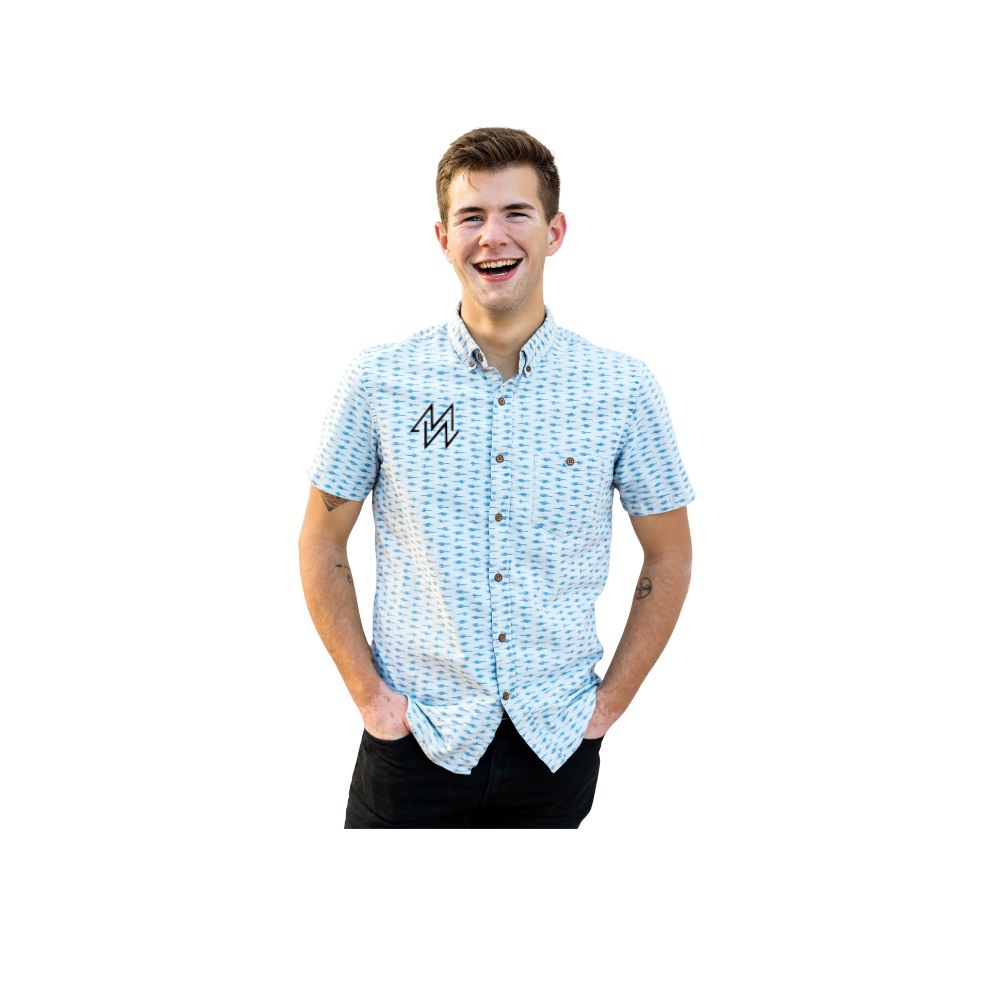
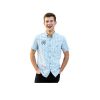
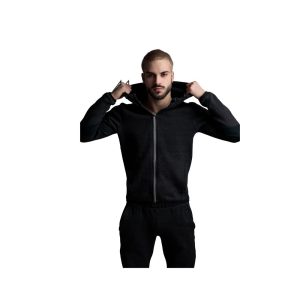
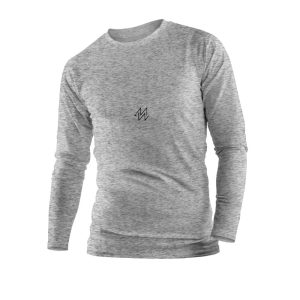
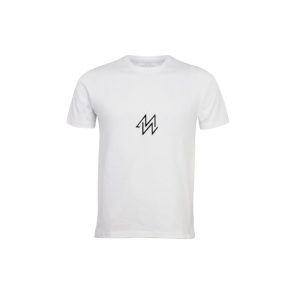
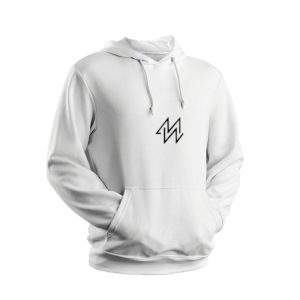
Reviews
There are no reviews yet.